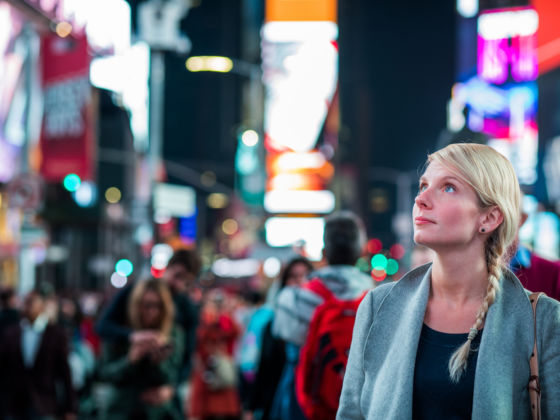A few years back, I was spending the afternoon in a small Caribbean town when I met a teenager who offered to take me down into a nearby canyon.
Was it too risky? No, I thought: I was in good shape, the kid seemed innocent enough, and the canyon was actually pretty small. (I’m not even sure it was technically a canyon.) So I went. Everything was fine, although there was no real path and I struggled mightily on the way back, grabbing onto roots and rocks made slippery in a drizzle.
